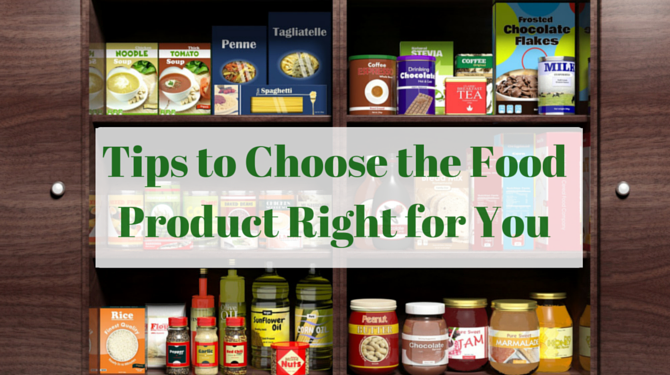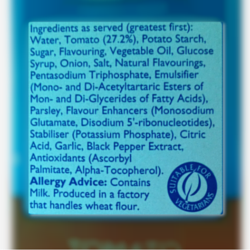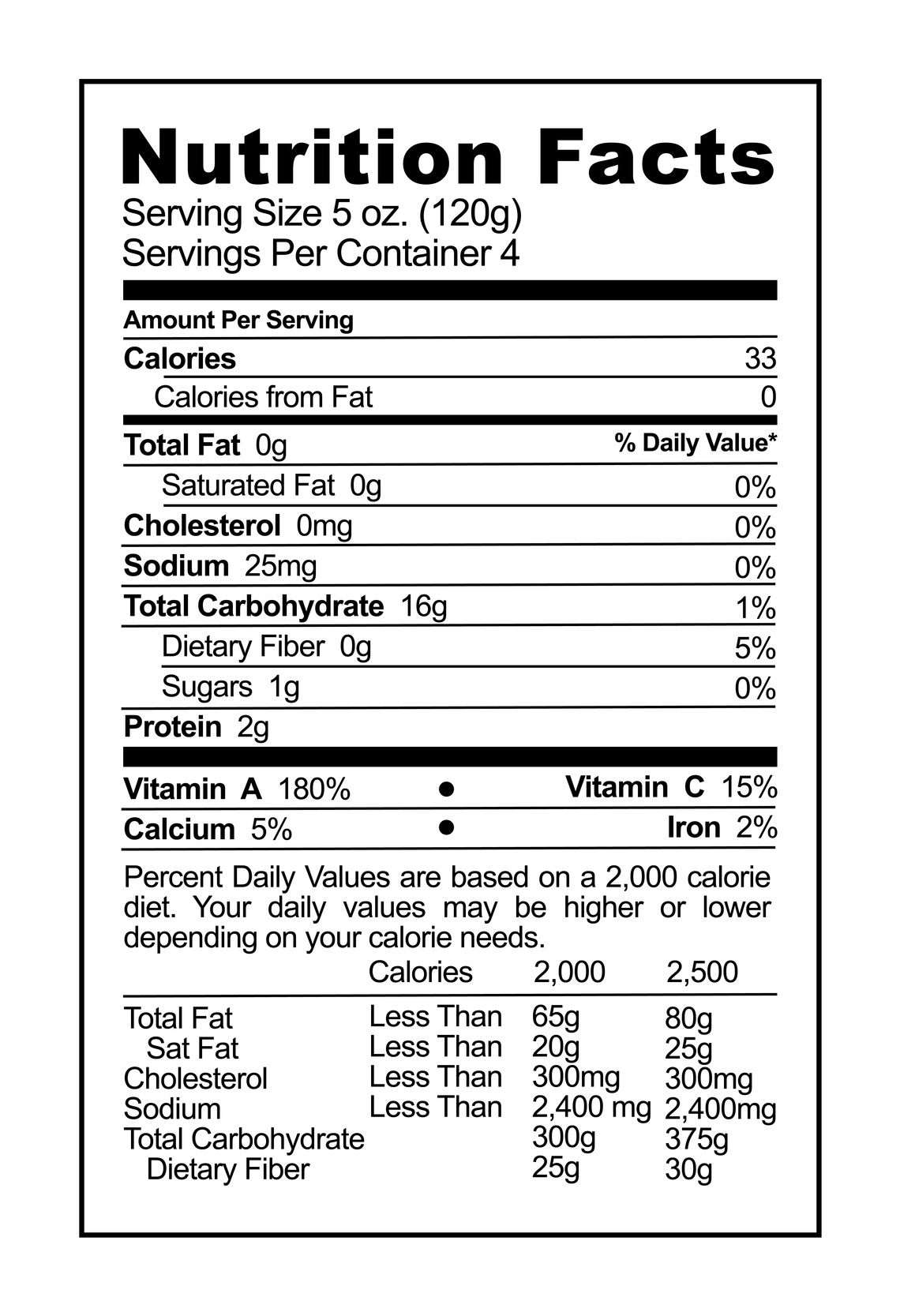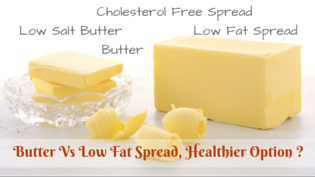
How to choose the product you need

My grandpa used to say, “I never had to ‘choose’ a food product. In my days, if I wanted a biscuit it was Parle-G. Now if I enter a shop, there are at least hundreds of them. Some are high in fiber, some are low in fat, some are multigrain… and I don’t know which one to choose.”
Today, there are so many variants available for a single food category that it becomes difficult to choose one according to your need. If these ‘value added’ products are not examined carefully, you may end up wasting your hard earned money on the things you don’t want. So here are some pointers which may help you to understand the product and may guide you with your purchase.
Determine your need: What do you want the product for? Is it for indulgence or for health reasons? How frequently are you going to consume it? Think about it before you hit the supermarket. For example, if you want some snack item to eat everyday then you may want to buy something which is preferably low on fat, sugar and salt.

Read the product claims: Read through the claims made on the front pack carefully. It provides you vital information such as whether the product is organic, sugar free, high in protein, low in fat, etc.
If not read carefully, these claims can be misinterpreted. During one of my counseling sessions I found out that the patient was having fried pakodas everyday in spite of having high cholesterol. When I asked her about it, she said, “but I fry it in Saffola oil.” Her logic was because Saffola oil helps to reduce cholesterol, it won’t harm even if she consumes pakodas fried in it.”
Never miss the asterisks: Disclaimers are the most useful lines on the pack written in amazingly smaller font. They reveal the most truthful information about the product. Wherever you see any stars, asterisks near claims, make it a point to follow them and read the disclaimer associated with it. Had my patient read the disclaimer on Saffola oil pack, she would have realized that the oil helps to reduce cholesterol only when consumed as a part of low fat and saturated fat diet. In short, always read the disclaimers to understand the product

Check the Ingredient list: It discloses true composition of the product. You come to know which preservatives, flavors and colors are used while making the product. You can check for ingredients that you are allergic to.
Also, Ingredients are always written from the highest quantity to the lowest one. It gives you a rough idea about the formulation of the product. Sometimes manufacturers also mention percentage of certain claimed ingredients. For example, ‘Real active mixed fruit cucumber spinach’ juice contains around 0.8% cucumber extract and 0.09% spinach juice concentrate.
 Go through nutritional information: Nutrition facts written on the product gives actual amount of nutrients in it. It gives you the amount of nutrients you would be ingesting in one serve size. It tells you the quantities of unhealthy nutrients such as saturated fat, total fat, sodium and sugar.
Go through nutritional information: Nutrition facts written on the product gives actual amount of nutrients in it. It gives you the amount of nutrients you would be ingesting in one serve size. It tells you the quantities of unhealthy nutrients such as saturated fat, total fat, sodium and sugar.
Nutrition table also helps you to compare between two similar products. For example, product A and product B are same breakfast cereal but A claims that it has 3g proteins per serving size whereas B claims that it has 6g proteins per serving size. Now, you may get tempted to choose product B because it has more protein. Wait! Go to ‘nutrition facts’, check the serve size of both the products. You might find that serving size mentioned on product B is actually double the serving size of product A. So, actually both products contain same amount of protein.
See the value for money: Last but not the least is the cost of the product. Sometimes “good for health” product variants can be very costly in comparison to their regular counterpart. One has to see how much s/he is paying extra for that particular ‘health’ nutrient and whether it’s justifiable. If the new improved multigrain bread that you just bought claims that it contains 20% more fiber and costs double its original counterpart where the actual increase in fiber content is just 0.2g/serving size, then you might want to rethink about your purchase.





























